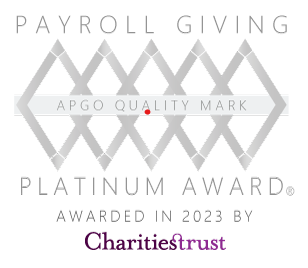The Commerciality of Circular Business Models
by Claire Bates
The circular economy as a concept has been highlighted as one of the most promising strategies to achieving positive impact and sustainable growth, but how can companies find financial attractiveness through their circular strategies?
The concept of the circular economy offers a positive alternative to our current linear supply chain which often operates with a goal to produce and sell as much as possible, using increasing economies of scale as a key success metric. This growth mindset has worked to generate revenue for our businesses for centuries, but we, as businesses and consumers alike, are becoming increasingly aware that this way of doing business is completely unsustainable.
The concept of the circular economy offers an alternative to the take, make, dispose system we are currently playing into, and imagines a world where resources are used and reused infinitely, cycling through multiple lives and never going to waste.
For many, the idea of the circular economy is generally digestible and even welcomed, but one big question for businesses remains: how does this make money?
The concept of ‘margin again’
Often, businesses put copious amounts of time, energy and resource into creating products, and are satisfied when those products sell through a normal retail sales channel. These sold products are often never touched by the business again, and this one-time sales cycle repeats itself with new products.
Why is it that we are ‘okay’ giving away so much resource and brand capital so easily?
Margin again offers an alternative framework where businesses are able to recover, reuse, or resell products, gaining margin multiple times on a single product while creating additional value through the recuperation of precious brand capital. Circulating value in this way allows us to not only use resourcesmore appropriately, but it allows us to extract maximum value and ROI from what we’re putting on the market and incentivizes durability and conscious creation. You’ll be surprised at how a single product journeying through a supply cycle is able to create, pick-up and distribute financial value along the way.
Margin again in practice
Product rental, resale and remanufacturing/upcycling are some of the most obvious models where retailers can benefit from margin again. All of which can be easy to implement with commitment and the right level of partnership where needed. There are also certain enablers that will allow for a smooth transition to new models namely material choices, products designed for circularity and collaboration.
Conclusion
New and innovative business models are emerging faster than ever. These new models are helping us move past old ways of doing business that no longer serve humanity, and into a world where doing good and making money go hand-in-hand. It’s amazing how quickly we can evolve when we commit to change and work together. We are excited to already see successful examples of business model pivots and impactful changes within our clients. If you’re interested to learn more about these success stories, please get in touch!



